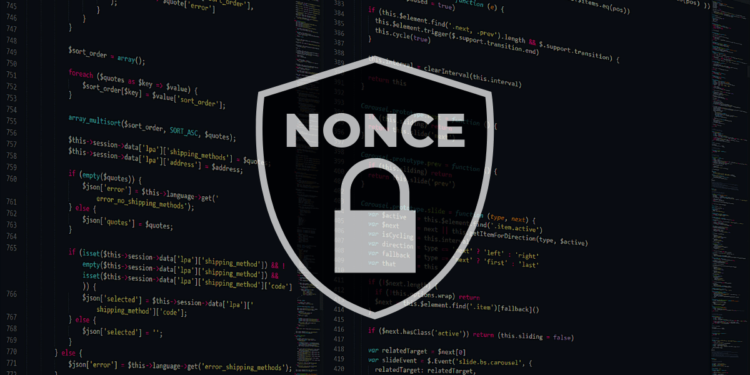A cryptographic nonce is an abbreviation for “number only used once”. In reference to cryptocurrency mining, it is a number added to a hashed block that, when rehashed, meets the mining difficulty.[1]https://en.wikipedia.org/wiki/Cryptographic_nonce
The nonce is the number that cryptocurrency miners are searching for. Only once it is found, miners can broadcast their block to the other nodes for verification.
The reason miners are rewarded for finding the nonce is that it is very difficult to do so, and requires a lot of energy and computational power. Cryptographic nonce numbers are pseudo-random numbers, so miners will approach finding them through trial and error. Every calculation will provide a new nonce number until the right one’s found.
Why Is Finding The Nonce So Hard?
The difficulty of finding the nonce filters out miners who aren’t as talented or committed to the act, as the probability is close to zero.
The number of potential hashes needed to find the number is automatically adjusted by the protocol to ensure that it is found. For example, Bitcoin does this every 10 minutes. This is the mining difficulty adjustment.
The difficulty adjusts in proportion to the amount of computational power or mining hash rate on to the network. So, as more miners join the network the hashing difficulty gets harder. Likewise, if miners leave the hashing difficulty becomes easier. This means a steady flow of blocks is being mined.
References



